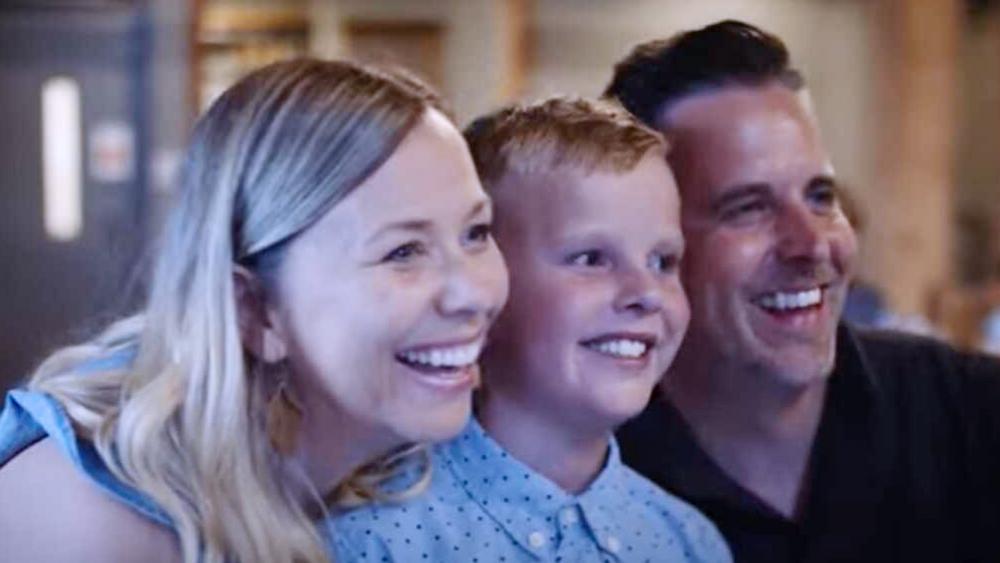If you have read the word ART in the heading and think, nah! I’m not the artists’ type, this article is for you. And if you are into art then obviously keep reading. As much as we enjoyed coloring, drawing and painting in our early years, the fun of art was sucked out of us by the time we reached high school.
I remember art becoming a bit rigid and time tabled that instead of looking forward to just having a fun class, art lessons were boring and so competitive that if you weren’t quiet the Picasso, art was just not your thing! Can you believe I used to get kicked out of my art class in high school, so much so that my art teacher once told my mother that I try but art is not just in me. Well, shock on him I now teach Mandala art as a form of mindfulness for the betterment of one’s mental health.
I challenge you today to pick a crayon and just color, don’t think of limiting lines or sticking to the right color for an image but just pick what your heart desires and color. Being a mental health first aider, this is one of the most common techniques I use to calm people down and collect their thoughts.
The form of art I teach is called Mandala art. Mandala means, circle and in some cultures it refers to the center of all creation. Mandala art is putting together very delicately a mixture of geometric diagrams ensuring you have a center point to start from. Because of how detailed mandala structures are and the accuracy of spacing that you have to be careful about, mandala art is one of the best mindful practices.
Mindfulness means being in the moment. As easy as this statement sounds, it’s probably one of the hardest things to do. Our minds are always thinking! We are either stuck in the past, which leads to depression, or contemplating about the future, allowing anxiety to trickle in. When we focus on the actions of NOW, that is being mindful. When drawing or creating a form of mandala, due to the concentration needed, one has to fully focus on the art piece and this is a way to practice mindfulness.
 Carl Jung, a well-known Psychiatrist and Psychoanalyst used mandala as a window to the subconscious and emphasized that the creation of mandalas by patients encouraged focus and person growth. I have been asked many times to pair my classes with drinks or snacks and I always say that one of the many reasons I prefer mandala art is the fact that when drawing or painting a mandala, you will not want to have a conversation or be distracted by food or drink. Hence mandala is the best fitted for the benefit of mental health as it cannot be done as a ‘Sip and paint’ concept that is very common today.
Carl Jung, a well-known Psychiatrist and Psychoanalyst used mandala as a window to the subconscious and emphasized that the creation of mandalas by patients encouraged focus and person growth. I have been asked many times to pair my classes with drinks or snacks and I always say that one of the many reasons I prefer mandala art is the fact that when drawing or painting a mandala, you will not want to have a conversation or be distracted by food or drink. Hence mandala is the best fitted for the benefit of mental health as it cannot be done as a ‘Sip and paint’ concept that is very common today.
Apart from creating a mandala design, it is known that looking at and focusing on a mandala design is a form of meditation and mindfulness practice. Once you set eyes on the center point and start to absorb the symmetrical shapes and lines your mind is occupied with the fascinating mandala and this in itself is a form of meditation.
Once you have the basic skill of using the mandala art tools, you can now paint your canvas with different pictures of dot art. Although the concept of dot art still brings a sense of mindfulness as great care and detail is needed to form an entire picture with dots, it is not as meditative as mandala art. In my classes I teach mandala as a form of mindfulness and then use the dot and circle technique to enhance your skills and paint a canvas that you can look at daily as you write an affirmation or motivational quote in-conjunction with your dot art piece.
Last but not least I must emphasis that art is for all. Your gender and age do not matter when it comes to getting messy with paint. In this post-covid world where our mental health is suffering, art is the easiest way to bring stability, happiness and peace into our lives.




